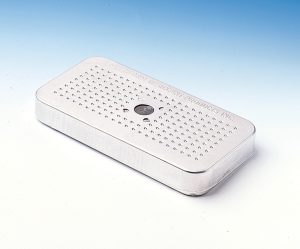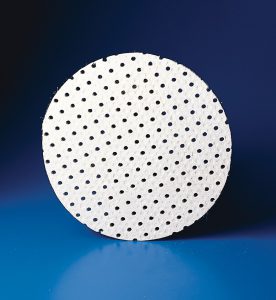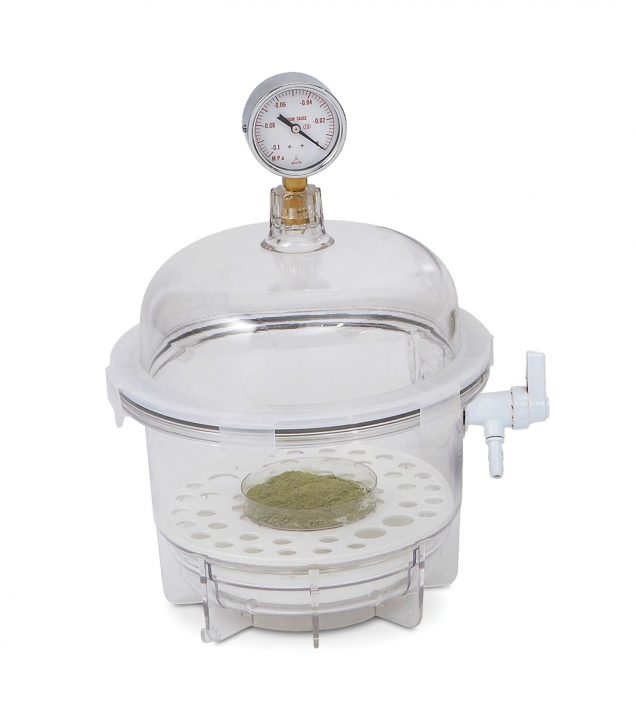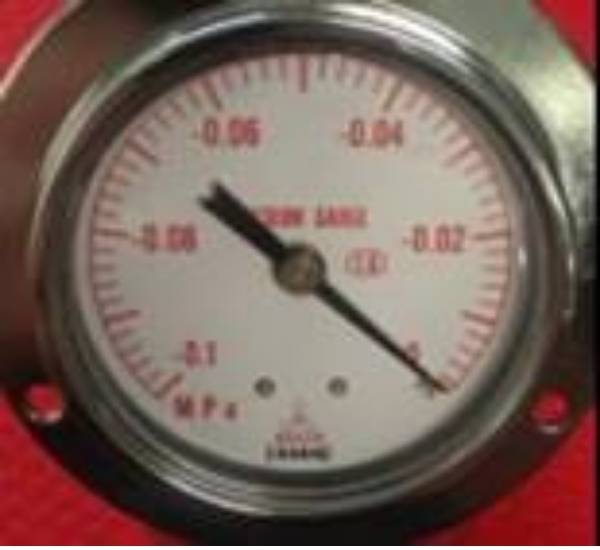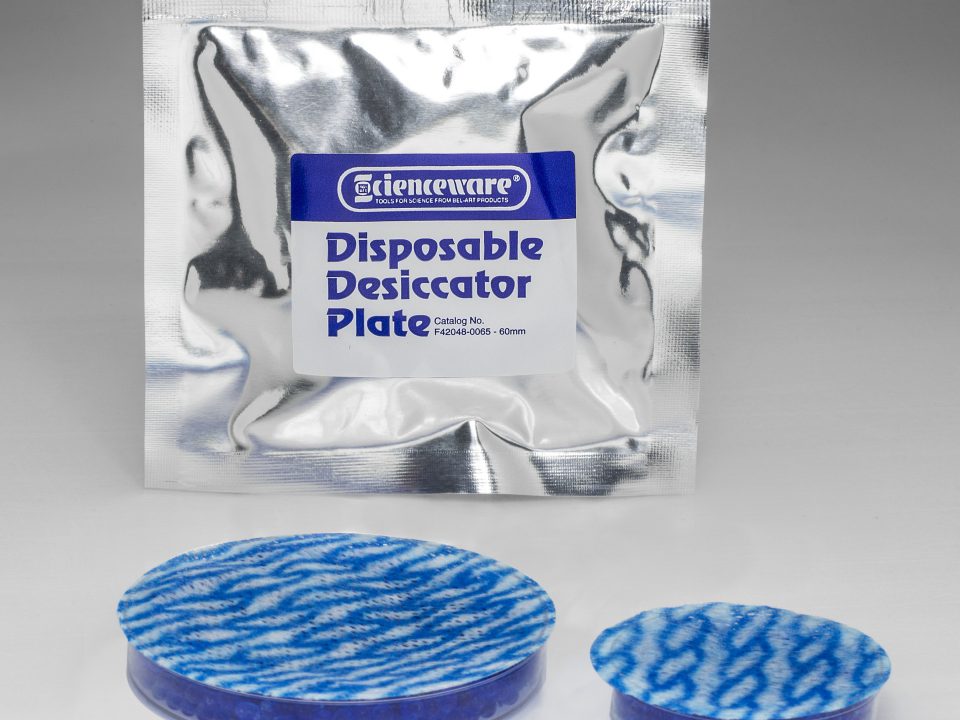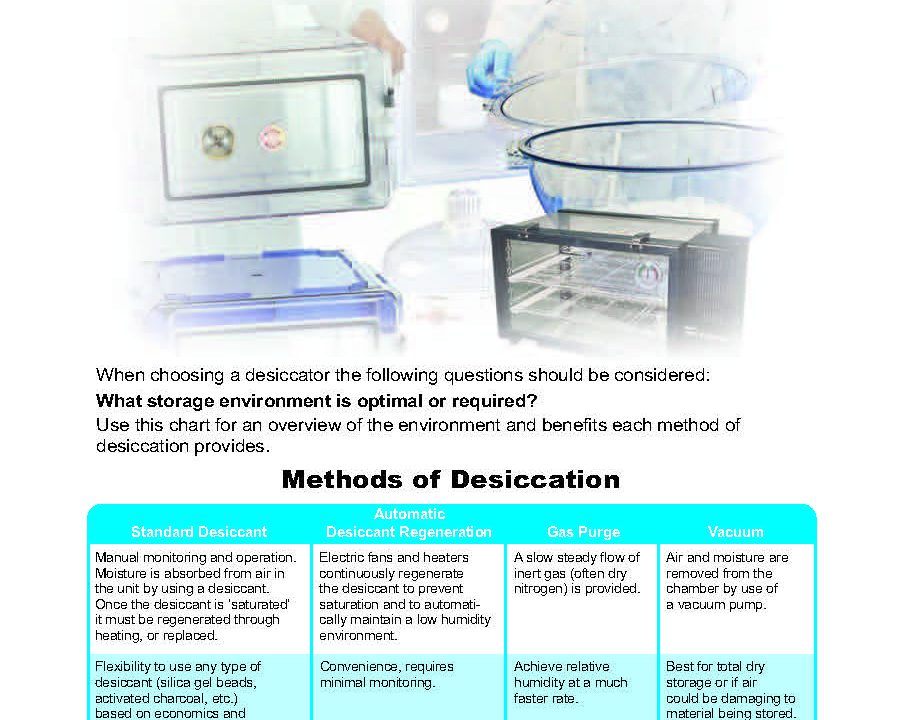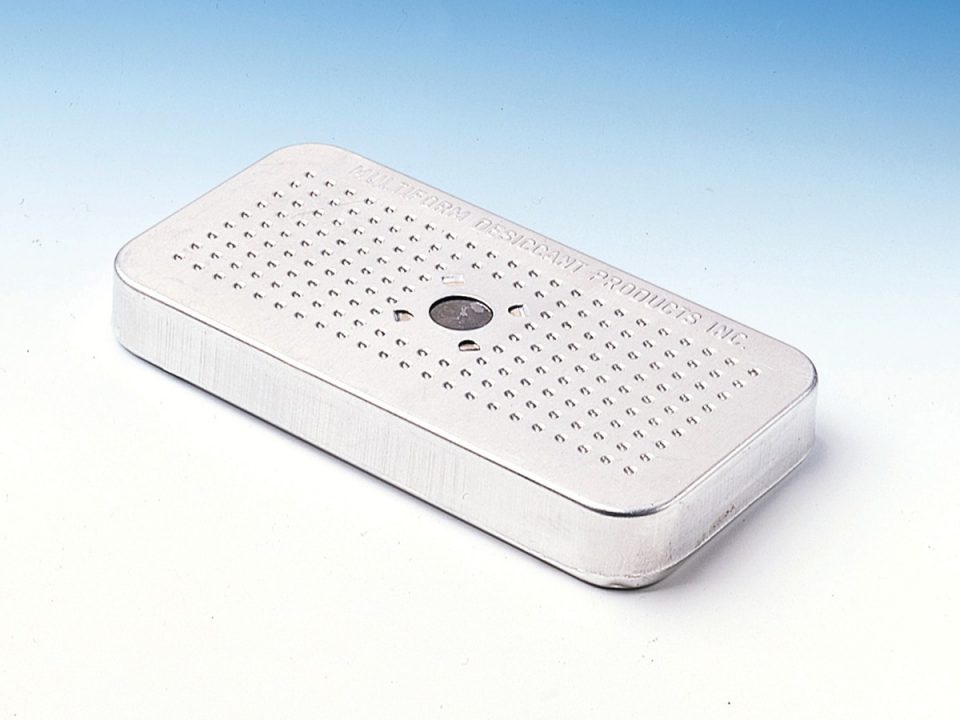
Recharging Desiccant Beads
Dear Lab Guy,
After regenerating a cartridge desiccant in the oven at 300F for at least 3 hrs, where do you recommend keeping the hot cartridge until it cools down? I presume the cartridge should not be returned to the desiccator cabinet while hot.
Rea K.
Hi Rea! Lab Guy here!
First, please DO NOT place the entire plastic desiccant dish into a 300° oven – it will melt! Per the instructions included with your desiccant, for the 300° regeneration, you should cut open the top and spread the desiccant beads in an oven-safe pan.
After they are re-generated, the best place to cool them down is in your desiccator. Yup, in the desiccator! This way as the beads cool they do not collect any condensate moisture.
Given that the shelves of most desiccators including SP Scienceware’s are plastic you will need to protect your desiccator shelves by placing the oven-safe pan or the hot desiccant beads directly onto an insulated pad, hot plate, or trivet within the desiccator.
We offer ceramic plates that can be placed inside any of our desiccators to protect the shelves from warping and melting. These plates are called High Heat Minerit HD Desiccator Plates and can be found HERE. The beads will still be working, and once cooled can be returned to the desiccant cartridge. This cycle of regeneration can be repeated as needed.
Protecting items from moisture while they cool is actually a very important function in other experiments. Take, for instance, cooling down hot crucibles after drying them in a kiln.
Accuracy demands they cool down in a dry environment so the crucibles (and anything inside) do not pick up any moisture that would not only contaminate, but also disrupt their true dry-weight you wanted to achieve by putting them in the kiln to begin with!
So putting hot items in a desiccator is a relatively common procedure.
Thanks for writing to Lab Guy, and please feel free to write back if I can help in any other way…
Yours in science.

Got a Question? Lab Guy can Help
Ask Lab Guy:
- For advice on SP lab equipment, supplies, etc.
- How to make something work - products, processes, applications
- Where to find resources on a scientific topic or process




